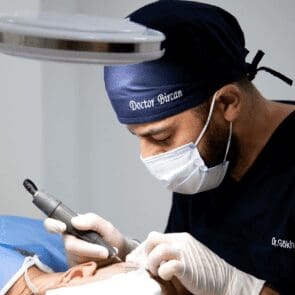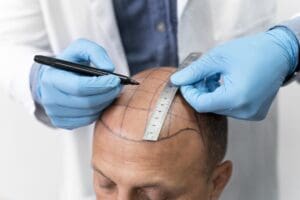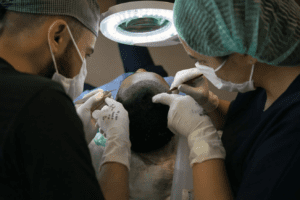To Transplant or Not to Transplant: Weighing the Pros and Cons of Hair Restoration
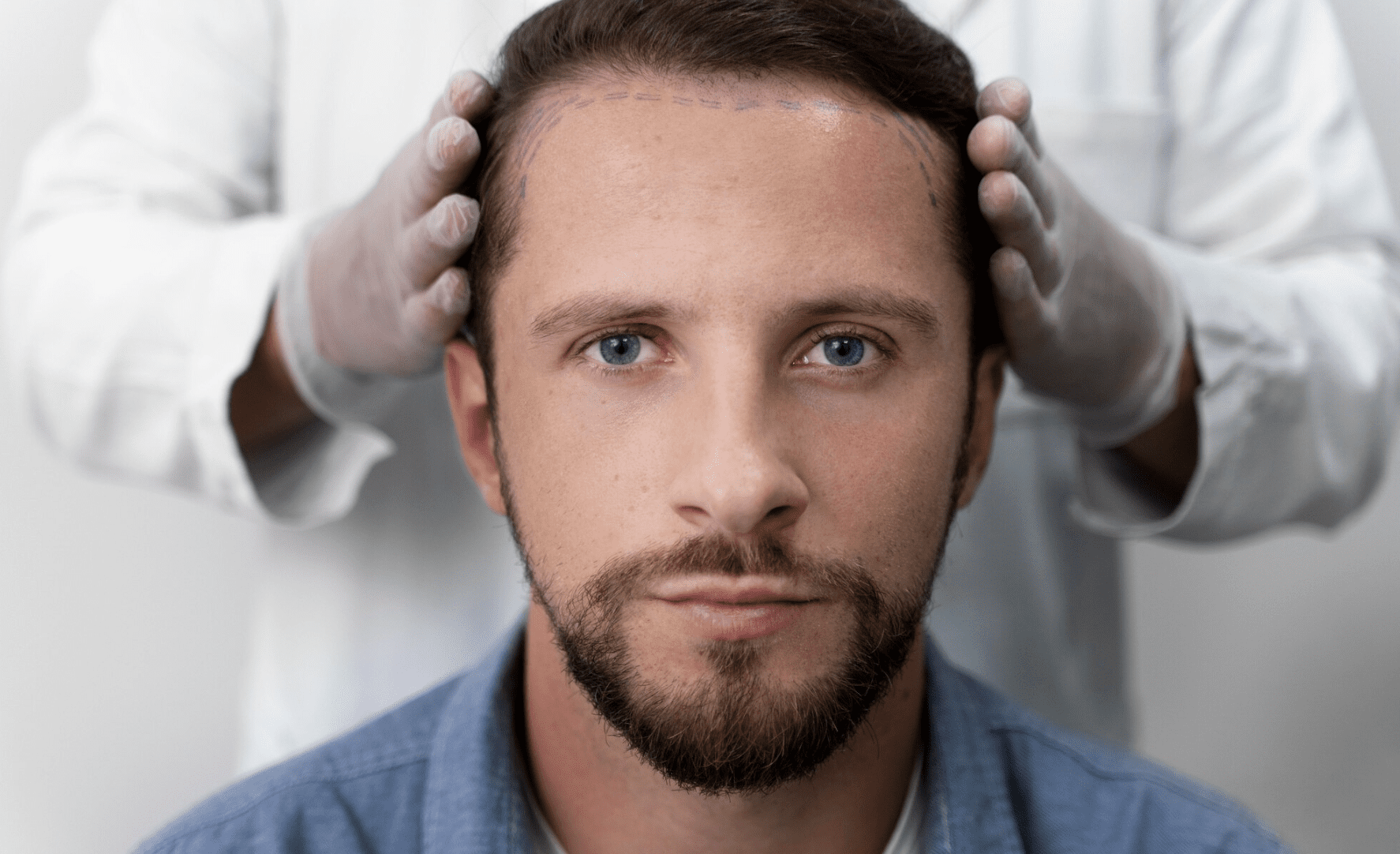
Hair transplantation is an effective method for combating hair loss. When considering this procedure, it’s crucial to have realistic expectations and understand various aspects such as the transplantation techniques, recovery process, costs, and indications. The success of a hair transplant depends on several factors, including:
-
Causes of alopecia: Understanding the underlying reasons for hair loss is essential for determining the appropriate treatment.
-
Condition of the donor area: The back of the head, or occipital region, often serves as the best donor site due to its dense hair growth.
-
Patient’s overall health and blood circulation: Good general health and adequate blood flow support the healing process and hair regrowth.
-
Post-operative care: Proper care of the transplanted grafts is vital for achieving optimal results.
Both men and women of various ages can experience alopecia, making it important to assess the effectiveness of hair transplantation for each individual.
Is Hair Transplantation Right for You?
Approximately 50% of men experience hair loss due to factors like testosterone levels or genetics. In women, determining the cause of alopecia can be more complex, often linked to hormonal changes during pregnancy or menopause.
Hair transplantation can be beneficial for both men and women, particularly when the hair on the temples and occipital region remains dense (serving as strong donor areas) and hair loss has stabilized.
To determine the feasibility of a hair transplant, the suitability of your donor area, and the number of grafts required, it’s essential to consult with a specialist. You can reach out via phone at +9 0533 194 59 90 (WhatsApp, Telegram) for a consultation.
How Hair Transplantation Is Performed
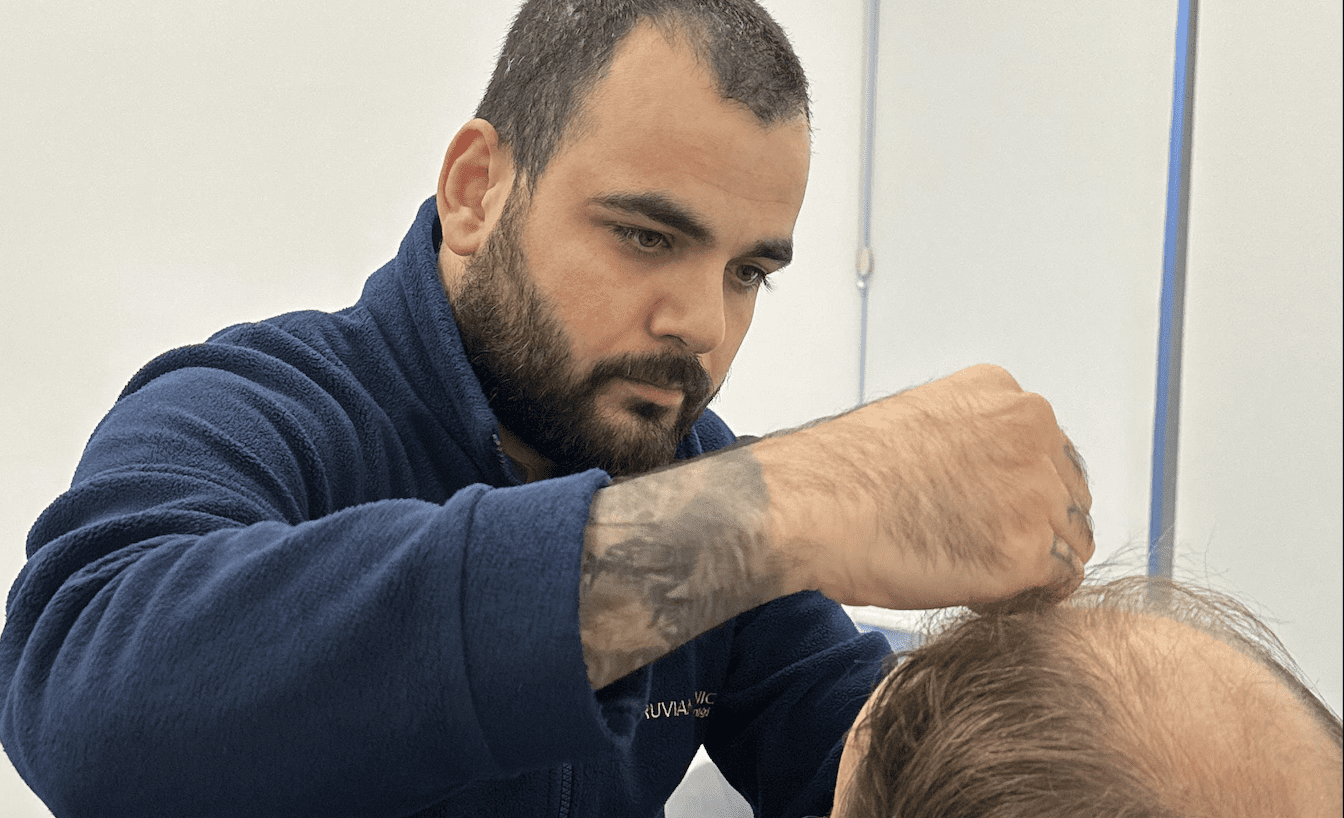
The effectiveness of a hair transplant is well-established, especially when performed by an experienced surgeon. This meticulous procedure requires attention to detail, including the angle and depth of graft implantation. The process begins with a preliminary consultation and necessary medical tests. Additional examinations may be recommended by the physician as needed.
Two primary methods of hair transplantation are commonly practiced:
-
Follicular Unit Extraction (FUE): This technique involves extracting individual hair follicles from the donor area, typically the back of the head, under local anesthesia. The follicles are then implanted into the balding areas. FUE leaves no linear scars, and recovery time is relatively short.
-
Direct Hair Implantation (DHI): Similar to FUE, DHI uses a specialized tool called a Choi pen to implant hair follicles directly into the recipient area without the need to create prior channels. This method allows for more precise control over the depth, direction, and angle of implantation.
Role of the Hair Transplant Surgeon
Before scheduling your procedure, the surgeon will:
-
Thoroughly review the photos you provide to assess the number of grafts needed and evaluate the strength of your donor area.
During the in-clinic consultation, the surgeon will:
-
Examine both the donor and recipient areas.
-
Discuss the direction of hair growth, transplantation method, and the design of the hairline.
-
Address any questions you may have about the upcoming procedure.
Advantages of Hair Transplant Surgery
Understanding the benefits of the procedure can help you decide whether to proceed with a hair transplant:
-
Natural Appearance: Transplanted hair grows naturally, blending seamlessly with existing hair.
-
Permanent Solution: Unlike temporary treatments, hair transplantation offers a lasting remedy for hair loss.
-
Improved Self-Esteem: Restoring hair can enhance your appearance and boost confidence.
-
Minimally Invasive Procedure: Performed under local anesthesia, the surgery is relatively comfortable, allowing you to watch a movie or listen to music during the process.
-
Customized Treatment: Surgeons select the most suitable transplantation method based on individual patient needs and desired outcomes.
-
Quick Recovery: With proper care, the healing process is swift, and patients can return to their daily routines promptly.
-
Effective for Extensive Hair Loss: The procedure can address significant balding areas, yielding natural-looking results.
-
Low Maintenance: Transplanted hair requires no special maintenance; it can be washed and styled as desired.
Disadvantages of Hair Transplant Surgery
As with any medical intervention, hair transplantation has its drawbacks:
-
Lengthy Procedure: Depending on the extent of transplantation, the surgery can take several hours.
-
Delayed Results: New hair growth becomes noticeable after several months, with final results appearing up to a year post-surgery.
-
Multiple Sessions May Be Required: Extensive hair loss might necessitate more than one transplantation session.
-
Post-Operative Discomfort: Some patients experience discomfort during the initial recovery period, including difficulty sleeping.
-
Swelling: Swelling of the forehead and face can occur but typically subsides within a few days.
-
Activity Restrictions: Patients are advised to avoid strenuous activities, wearing hats, or exposing the scalp to direct sunlight immediately after the procedure.
-
Potential Side Effects: As with any surgical procedure, there are risks of side effects such as infection or scarring.
Hair Growth After Transplantation
Approximately 2–4 weeks after the procedure (around day 25 on average), the transplanted hairs begin to gradually fall out — this is a completely normal and expected process known as the “shock loss” phase. It can last around 50–60 days.
Then, about 3 months after the transplant, new permanent hair begins to grow from the implanted follicles. The average growth rate is up to 1 cm per month. Over time, the hair becomes thicker, and the final result is usually visible after 8–12 months.
Want to know how effective a hair transplant would be in your case?
Get a free consultation by filling out the form below, view before-and-after photos, and receive answers to all your initial questions. For many patients, this procedure has been a life-changing opportunity to finally forget about alopecia for good.



